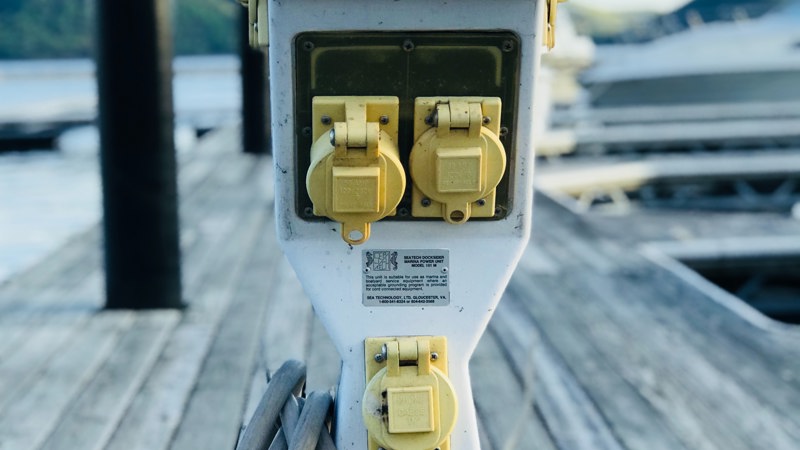
The current energy system is likely to see increasing use of renewable energies to meet the EU’s (and individual Member States’) climate targets.
An important pillar of Member States' decarbonisation strategies are sector coupling technologies, which aim in particular to transfer green electricity generated from wind or solar energy to other sectors through direct or indirect electrification.
In this context, Power-to-X ("PtX") technologies and in particular (green or blue) hydrogen are considered key and both global and domestic demand for hydrogen are expected to increase enormously in the long run. But still, numerous questions remain unanswered and stand in the way of a hydrogen economy. In the light of the current political debate, Frontier has been asked by TenneT to take a look at three main issues:
- What is the current regulatory framework driving the commercial business for green hydrogen and where are important gaps or barriers?
- Who should be allowed to own P2H2 units?
- What existing or potential instruments can be applied to influence location or dispatch of P2H2 units?
Focussing on green hydrogen (not grey or blue), our study differentiates between greenfield and industrial P2H2 units. The former are reasonably free in terms of location and dispatch while the latter are linked into existing industrial production processes. Our study identifies several regulatory gaps and hurdles across all topics along the P2H2 value chain and in all regions considered (Germany, The Netherlands and on EU level) and makes suggestions for improvement.
Based on ownership and operation, our study finds that while a hybrid TSO model (covering network and market related use) could constitute a transitional model for some greenfield projects, a hybrid market model (with participation on flexibility markets) will be the target model and would work with slightly different designs for both greenfield and industrial projects. Accordingly, in the ramp-up of green hydrogen, TSOs can promote innovation but in the long run P2H2 facilities should be owned and operated by market players.
Last but not least, the roll-out of green hydrogen should be aligned with the expansion of electricity grids in order to optimise system costs.
Frontier regularly advises clients on EU energy policy in the gas and electricity sectors.
For more information, please contact media@frontier-economics.com or call +44 (0) 20 7031 7000








